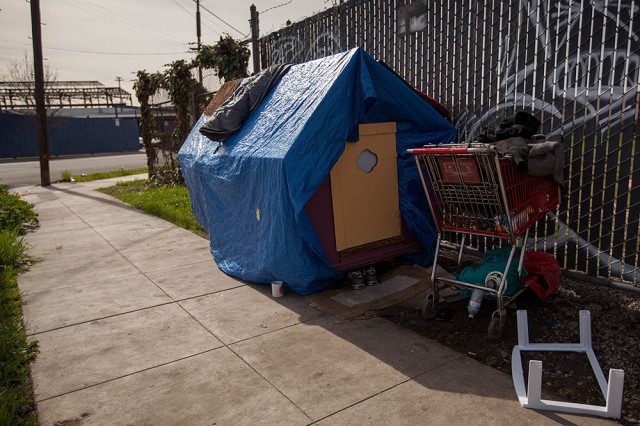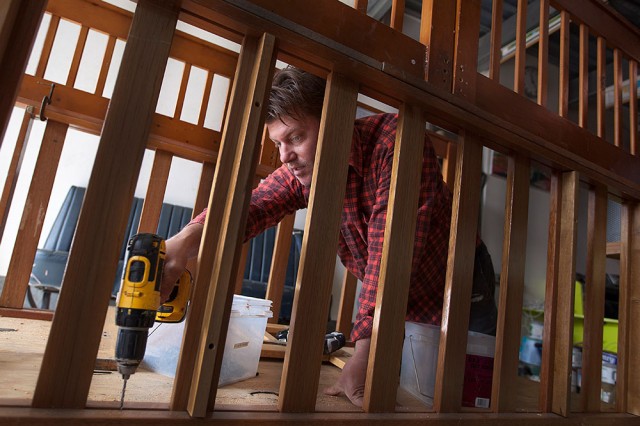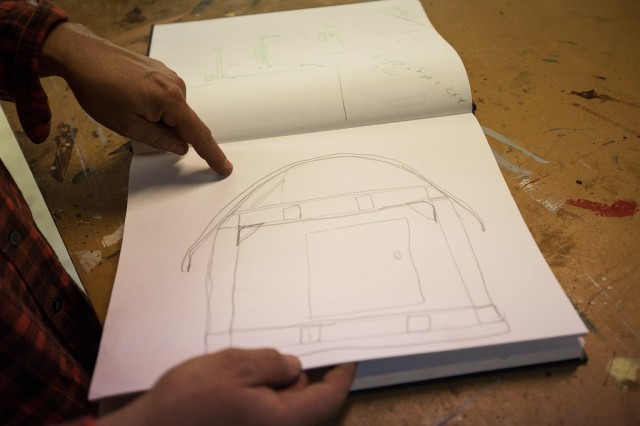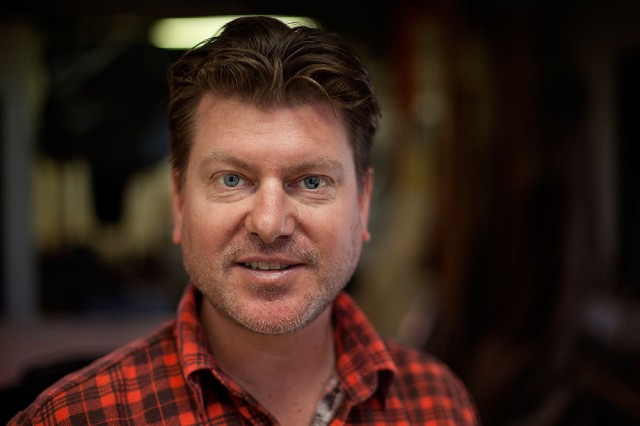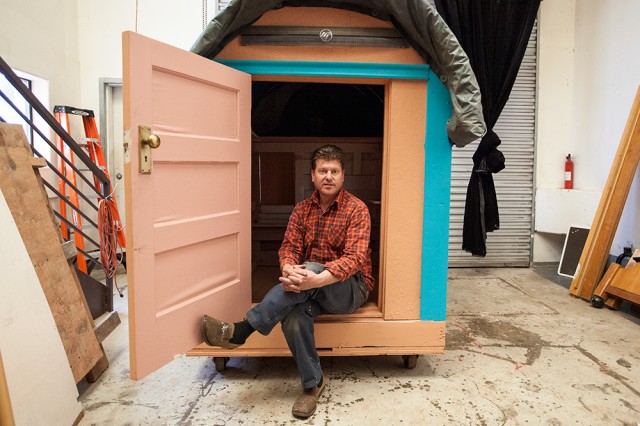
Oakland artist and designer Gregory Kloehn was thrust into the national spotlight in 2011, when he famously transformed a dumpster into a home. Kloehn is again working with tiny structures, but now he's building them from found materials, and he's donating the finished structures to homeless people.
The homes, all built on wheels, range in size from small boxes that are just big enough to sleep in, to larger structures that you can stand up in. Despite the attention, Kloehn downplays what he's doing, arguing that his structures are just an upgrade on the many lean-tos and improvised structures homeless people make for themselves.
"I just ripped a page from the homeless person's book, and then took my basic construction skills, and came up with something," he said.
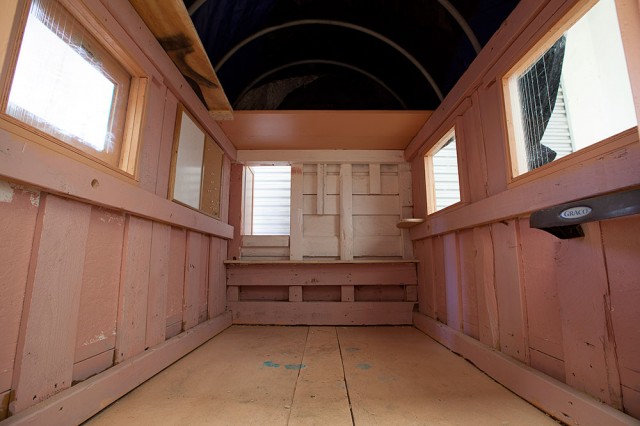
It all started about two years ago, when Kloehn was working on a self-published book about homeless shelters. He walked around Oakland, observing the makeshift lean-tos and shelters homeless people had created, and he documented them with iPhone photos.
"I became enamored of them," he said, while flipping through the photos. So he gathered some materials and got to work building a structure of his own, to see if he could build a home from found materials for no money. (He actually ended up spending about $40 on that home.) Since then, Kloehn has built about 10 tiny homes for homeless people, and he's ramping up his operation.
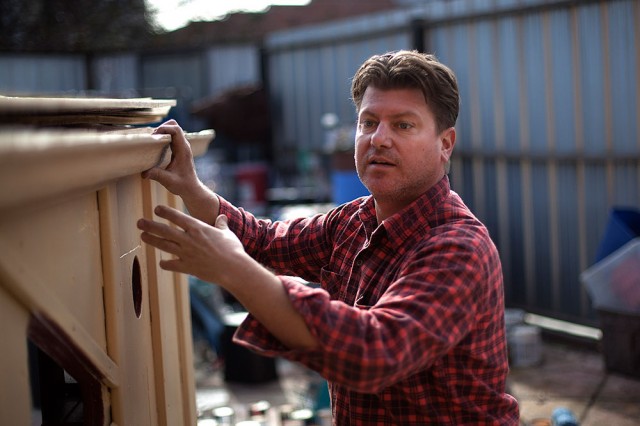
Kloehn's studio is located near West Oakland's Alliance Recycling Center, a popular place for homeless people to return cans for the deposit. Homeless people with shopping carts full of cans — and their possessions — are a common sight in the neighborhood. Several of his structures can be seen throughout the neighborhood. "Sometimes they don't make it very far," he says.
